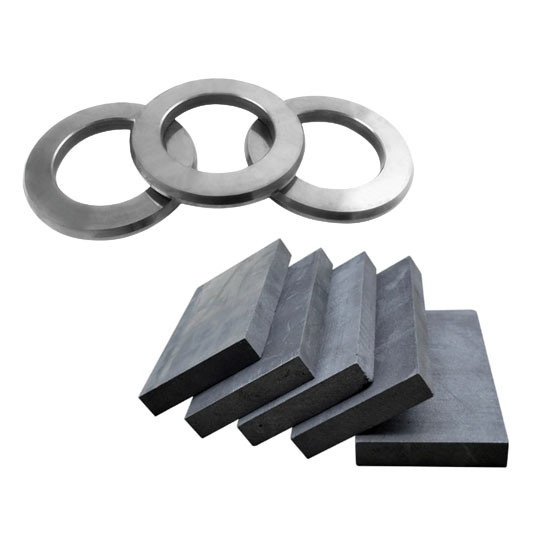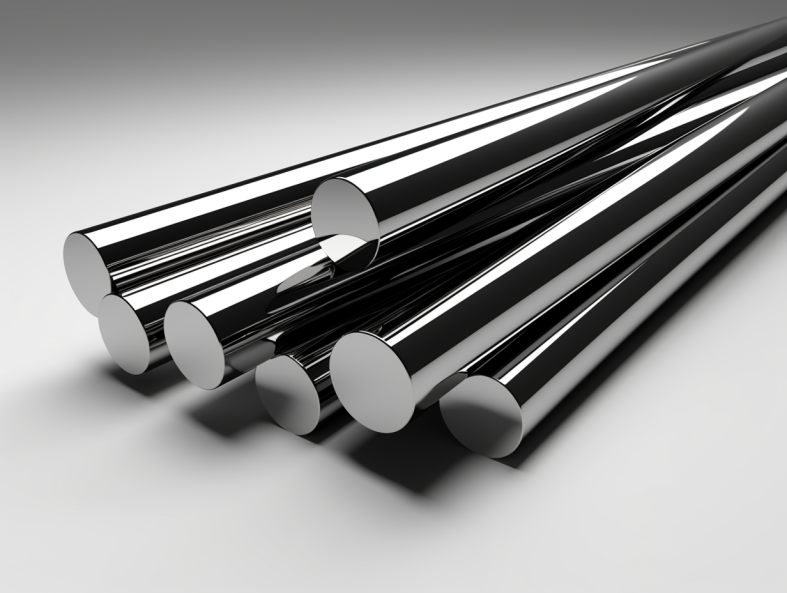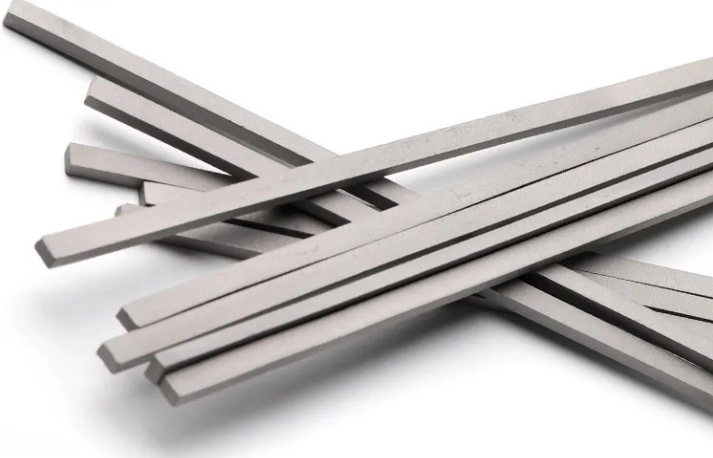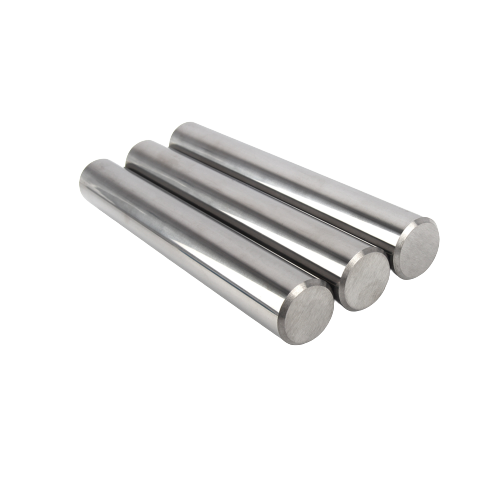Qu'est-ce que Vitesse de coupe ?
La vitesse de coupe est la vitesse à laquelle l'arête de coupe d'un outil se déplace par rapport à la surface de la pièce. Elle est mesurée en pieds de surface par minute (SFM) ou en mètres par minute (m/min). La vitesse de coupe joue un rôle crucial dans les processus d'usinage, car elle influe sur l'usure de l'outil, la finition de la surface et la productivité. Le choix de la bonne vitesse de coupe garantit un enlèvement de matière efficace tout en prolongeant la durée de vie de l'outil.
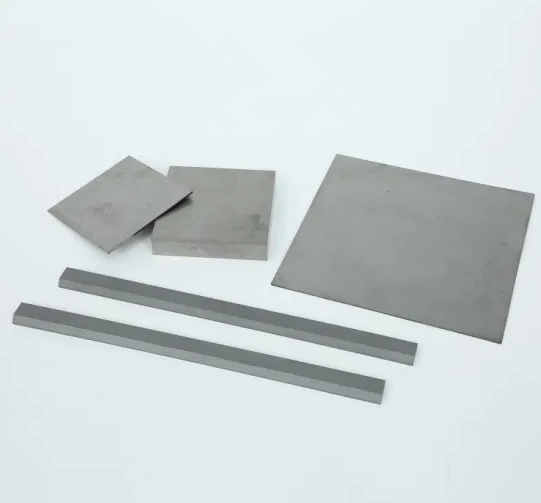
L'importance de la Vitesse de coupe dans l'usinage CNC, le fraisage, le tournage et d'autres processus
La vitesse de coupe a un impact direct sur l'efficacité et la précision des opérations d'usinage, de fraisage et de tournage CNC. Si la vitesse de coupe est trop faible, le processus devient inefficace, ce qui entraîne de mauvais états de surface et une usure excessive de l'outil. Inversement, une vitesse de coupe trop élevée peut provoquer une surchauffe, entraînant une dégradation rapide de l'outil et un endommagement de la pièce. En optimisant la vitesse de coupe, les fabricants peuvent obtenir une grande précision, une meilleure qualité de surface et une durée de vie prolongée de l'outil.
Pourquoi les outils en carbure nécessitent-ils des vitesses de coupe plus élevées ?
Les outils en carbure sont connus pour leur dureté, leur résistance à l'usure et leur capacité à supporter des températures élevées. Contrairement aux outils en acier rapide (HSS), les outils en carbure nécessitent des vitesses de coupe plus élevées en raison de leur résistance à la chaleur et de leur ténacité supérieures. L'utilisation de vitesses plus élevées minimise la formation d'arêtes rapportées, réduit le temps de cycle et améliore la productivité globale.
Vitesses de coupe recommandées pour les outils en carbure
Le tableau ci-dessous donne des indications générales sur les vitesses de coupe recommandées lors de l'utilisation d'outils en carbure pour différents matériaux :
| Matériau | Vitesse de coupe (SFM) | Vitesse de coupe (m/min) |
|---|---|---|
| Aluminium | 800 – 1500 | 244 – 457 |
| Acier doux | 250 – 600 | 76 – 183 |
| Acier inoxydable | 150 – 400 | 46 – 122 |
| Fonte | 300 – 700 | 91 – 213 |
| Titane | 100 – 250 | 30 – 76 |
| Alliages de nickel | 75 – 200 | 23 – 61 |
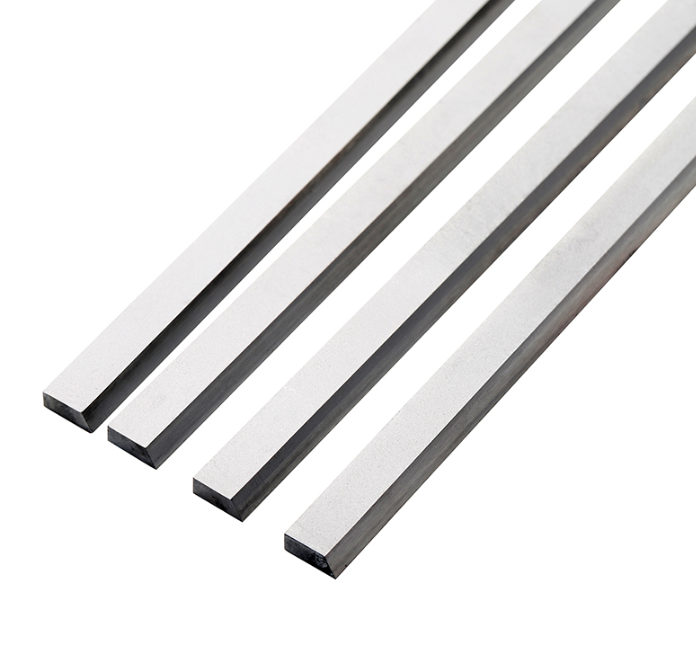
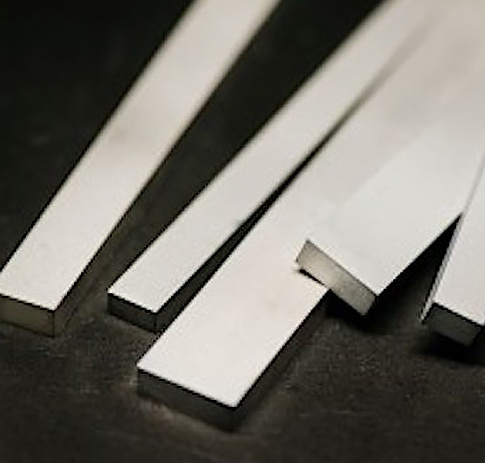
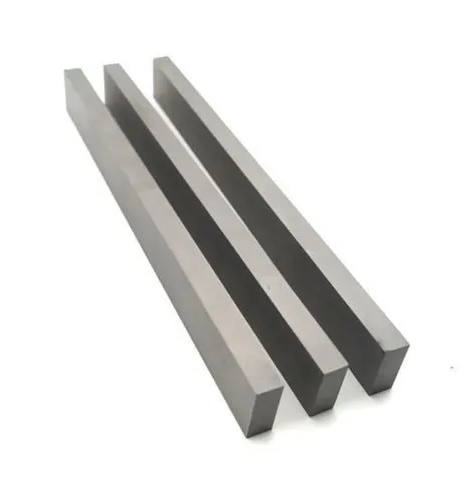
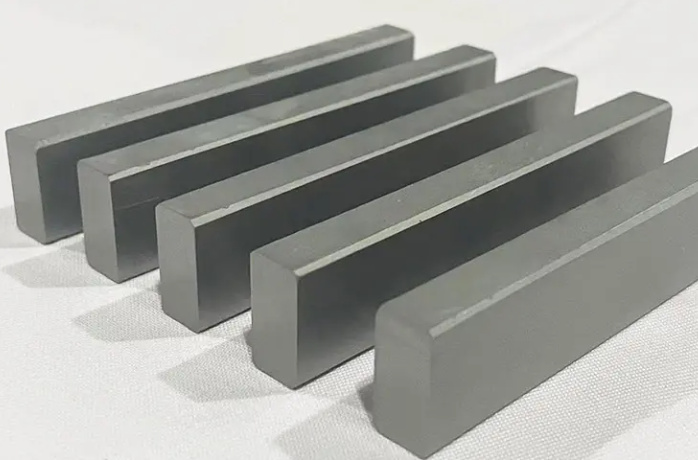
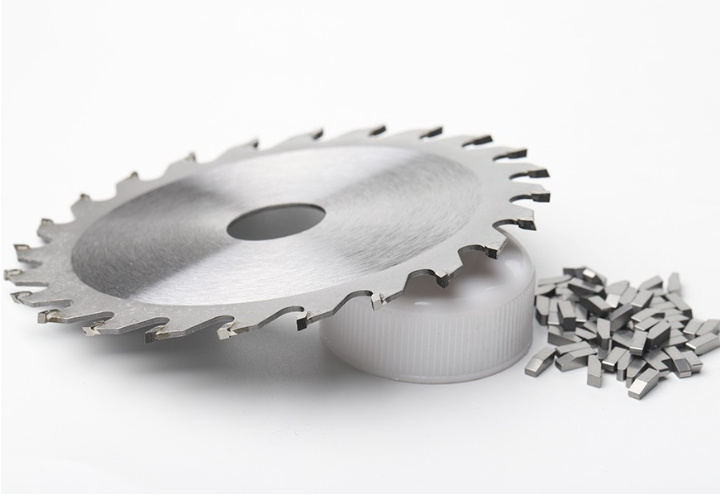
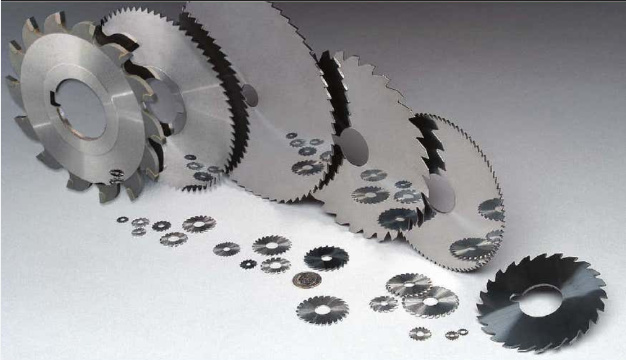
Facteurs affectant Vitesse de coupe
Plusieurs facteurs influencent la vitesse de coupe optimale des outils en carbure. Le tableau ci-dessous présente les principaux éléments à prendre en compte :
| Facteur | Effet sur la vitesse de coupe |
|---|---|
| Matériau de l'outil | Les outils en carbure fonctionnent à des vitesses plus élevées que les outils en acier rapide. |
| Matériau de la pièce | Les matériaux plus durs nécessitent des vitesses de coupe plus faibles. |
| Fluide de coupe | Améliore le refroidissement et la lubrification, ce qui permet d'atteindre des vitesses plus élevées. |
| Géométrie de l'outil | Des arêtes de coupe tranchantes et bien conçues améliorent l'efficacité. |
| Stabilité de la machine | Les installations rigides permettent d'atteindre des vitesses plus élevées sans vibrations. |
| Profondeur de coupe | Les coupes profondes nécessitent des vitesses plus faibles pour éviter d'endommager l'outil. |
Comment calculer la vitesse de coupe des outils en carbure ?
La vitesse de coupe peut être calculée à l'aide de la formule suivante :
V=π×D×N12V = \frac{\pi \times D \times N}{12} (pour SFM)
V=π×D×N1000V = \frac{\pi \times D \times N}{1000} (pour m/min)
Où ?
- VV = Vitesse de coupe
- DD = Diamètre de la pièce ou de l'outil (en pouces ou en mm)
- NN = Vitesse de rotation de la broche (RPM)
Par exemple, si l'on utilise une fraise en carbure d'un diamètre de 1 pouce à 1000 tours/minute, la vitesse de coupe est la suivante : V=3,14×1×100012=261,67 SFMV = \frac{3,14 fois 1 fois 1000}{12} = 261,67 \, SFM
Erreurs courantes et comment les éviter
- Utilisation de vitesses de coupe incorrectes - Toujours se référer aux valeurs recommandées pour les matériaux spécifiques.
- Ignorer l'usure des outils - Inspecter régulièrement les outils afin d'éviter toute défaillance prématurée.
- Refroidissement et lubrification insuffisants - Utiliser des fluides de coupe appropriés pour gérer l'accumulation de chaleur.
- Taux d'alimentation incohérents - Maintenir une vitesse d'avance régulière pour éviter une usure irrégulière de l'outil.
- Considérations sur le revêtement des outils de saut - Utiliser des outils en carbure revêtus pour améliorer les performances.
Modèles de poudres métalliques spécifiques pour les outils en carbure
Les modèles de poudres métalliques spécifiques utilisés dans les outils en carbure et leurs applications sont présentés ci-dessous :
| Modèle de poudre métallique | Composition et caractéristiques | Applications |
|---|---|---|
| WC-Co (carbure de tungstène-cobalt) | Dureté et ténacité élevées | Usinage général |
| TiC (carbure de titane) | Résistant à l'usure, utilisé dans les revêtements | Coupe à grande vitesse |
| TaC (carbure de tantale) | Résistant à la chaleur, utilisé dans les alliages | Usinage aérospatial |
| NbC (carbure de niobium) | Améliore la résistance à l'usure | Coupe de précision |
| VC (carbure de vanadium) | Améliore la rétention de l'arête de coupe | Outils de coupe à haute performance |
| Cr3C2 (carbure de chrome) | Résistant à la corrosion | Usinage de matériaux abrasifs |
| Mo2C (carbure de molybdène) | Augmente la dureté | Applications lourdes |
| ZrC (carbure de zirconium) | Stabilité à haute température | Opérations à grande vitesse |
| HfC (carbure de hafnium) | Excellente résistance thermique | Usinage à très grande vitesse |
| Al2O3-TiC (Carbure d'alumine et de titane) | Résistance accrue à l'oxydation | Opérations de tournage dur |

FAQ
| Question | Réponse |
|---|---|
| Que se passe-t-il si la vitesse de coupe est trop faible ? | Mauvais état de surface, usure accrue de l'outil et coupe inefficace. |
| Les outils en carbure peuvent-ils couper de l'acier trempé ? | Oui, avec des revêtements appropriés et des vitesses de coupe élevées. |
| Comment la vitesse de coupe affecte-t-elle la durée de vie de l'outil ? | Des vitesses plus élevées réduisent la durée de vie de l'outil si elles ne sont pas optimisées. |
| Pourquoi utiliser un liquide de refroidissement avec des outils en carbure ? | Réduit l'accumulation de chaleur et prolonge la durée de vie des outils. |
| Quelle est la meilleure vitesse de coupe pour l'aluminium ? | 800-1500 SFM, selon le type d'outil. |

